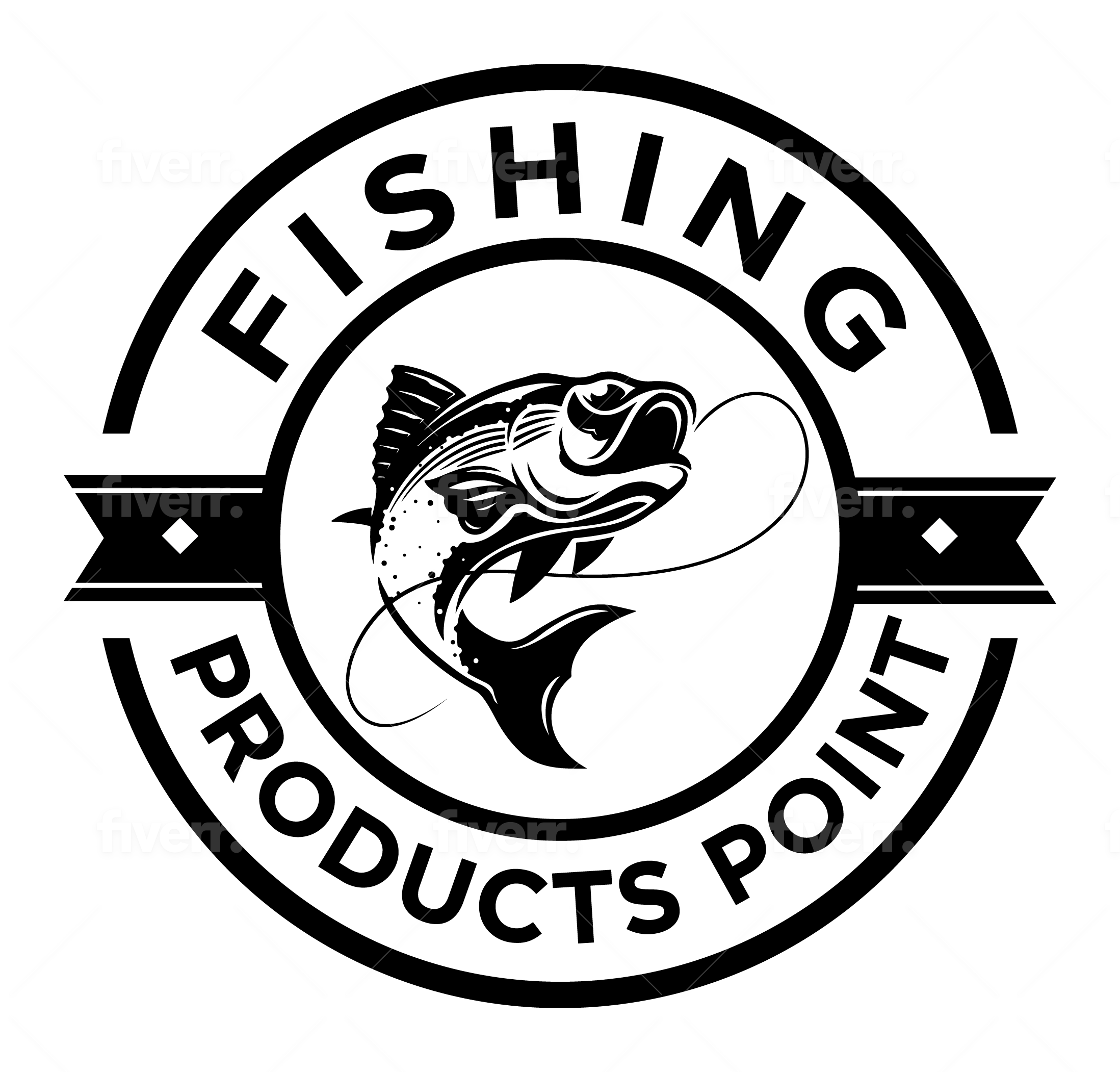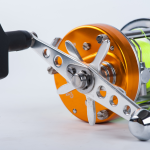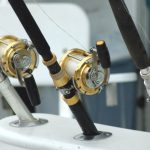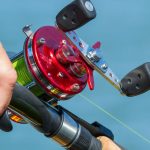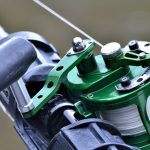Looking to improve your fishing skills? Then you have to be familiar with how to use a baitcasting reel.
Baitcasting reels were initially used in the 1870s and traced back to the middle of the 17th century. They are most effective when used to catch larger freshwater fish, like muskellunge, northern pike, and largemouth bass.
Learning the art of using a baitcaster shouldn’t be that difficult. To perfect, it merely requires some work. But the important thing is you shouldn’t let the worry of backlash stop you from enjoying the many advantages of a baitcaster.
Additionally, baitcasting reels are more capable of handling larger lines and lures. It’s generally recommended to use a baitcaster fishing rod and reel when using a line with a 10-pound test or heavier.
In the following article, I will walk you through the steps of first how to set up a baitcaster and then the use of a Baitcasting reel.
Spooling a Baitcaster
To start fishing with a baitcasting reel, properly spool line onto the reel. If you can spin a baitcaster correctly, your overall fishing experience will get better. When you’ve decided which fishing line is best for your rod and the situation, you may begin spooling.
Lines made of fluorocarbon or monofilament can be tied straight to the spool. However, in the case of a braided line, it is slightly different. It could slip if it is directly fastened to the spool.
Therefore, the spool must have adequate support to prevent the braid from slipping. The drag will continue to function as intended without being impacted in this way. Another choice might be to wrap the braid with a tiny piece of electrical tape. It will function equally well.
Reel Setting and Adjustment
After getting spooled up, the next important step is the setting of a baitcasting reel. To prevent unnecessary knots and backlash, it was crucial to prepare the reel first before learning the art of how to use a baitcasting reel.
To start with, leave about a foot of line hanging down with the bait while holding the rod upward at a 2 o’clock angle. Make sure that the spool tension knob is fully tightened so that you can put pressure on the thumb bar.
For the lure to drop to the ground in three seconds or less, adjust the spool tension knob slowly while keeping pressure with your thumb. Verify it several times to ensure that the lure continually falls at a 3-second rate. Increase the spool tension if the lure speed-up and if there’s a possibility of a backlash.
Whenever you tie on a fresh lure, every time you have to follow these steps consistently.
Brake System Modifications
After setting the reel, the next thing is to modify the braking system. When the lure is launched, the brake mechanism regulates how quickly your spool stops spewing out line. You can start by putting it to the highest setting as this will enable you to learn how the brake system impacts the cast.
Braking should also prevent the spool from discharging more lines than the lure is taking in. This will allow your bait to naturally float through the air. The maximum break pressure is 9/Max, and the minimum brake pressure is 1/Min. accordingly, the fastest is 1 and the slowest is 9.
Furthermore, the magnetic brake needs to be reduced to 1/Min while you change the spool’s tension to establish a constant fall. As soon as the spool tension is determined, increase the brake back to the highest setting (9/Max).
For new fishers, a magnetic setting between 5-7 is typical. By lowering the breaks as well as releasing the spool tension you may be able to cast long and quicker. But at the same time, the possibility of backlash will also raise by decreasing the brake pressure.
Therefore, by learning how to use a baitcaster you can discover the sweet spot which results in perfect casting action.
Drag System Modification
Now let’s discuss the drag system of a baitcaster and what role it plays in setting up the reel. When you battle a fish, it is the drag system that controls the amount of line tension. It resembles a pinwheel situated near the handle of the rod and is called the spoke of the gear.
For tightening the drag wheel, it should be moved forward and to loosen move it backwards. To stop the line from yielding when the fish is fighting, tighten the drag. Moreover, if the fish pursues your bait, loosen the drag and extend the line to it. However, there should always be some drag because this prevents your line from becoming slack or snapping under excessive pressure while you battle a fish.
In the end, just want to add that, in terms of catching smaller fish always keep the drag looser and tighten it up when getting larger fish.
The Sweet Spot
In a baitcaster, the sweet spot is a changing goal that has to be altered. It depends on factors like weather, bait’s weight etc. To get a comfortable fall rate, use the spool control knob every time you adjust the weight of the bait. Adding or removing brakes will help you to locate the sweet spot of the baitcaster.
Steps for Using a Best Baitcasting Reel
Now that you have set up your baitcaster It’s time to know how to use a baitcasting reel. To achieve satisfying results using a baitcaster, it was necessary to go through the steps of how to set up a baitcaster. Using a baitcasting reel will be a matter of just a little practice now.
If you just adhere to these detailed instructions, you will rapidly become an expert baitcaster user.
- First and foremost you have to make sure that an appropriate rod and baitcasting reel is being used.
- When the line is about 6-12 inches (15 to 30 centimetres) from the rod’s end, reel it in. A medium-heavy rod of either 6 feet, 6-inches or 6 feet, 12-inches should be used.
- To master the fundamentals of using a baitcaster, always use a thick line. The fishing line that will be the simplest for you to cast initially and prevent backlashes is 15 to 17 pounds of monofilament.
- Your thumb should be placed on the reel spool’s button and the fingers should be encircled around the rod behind the reel for a firm grip.
In design, baitcasting and spinning rods are quite the same. As with spinning rods, most fishermen tend to use the same hand that they retrieve. While in a baitcasting rod, you’ll need to swap hands when using a reel if you want to hold the rod from the reel’s rear.
Rather than placing it flatly on the line, you might want to put your thumb at a little angle on the spool. As a result, you’ll be able to control the line’s flow much better during the usage of a baitcasting reel.
- When pressing the spool button, place the tip of your thumb on the line while turning the rod with the spool facing up.
- To assure that your lure hits the ground slowly and gently, horizontally place the rod while squeezing the thumb bar. For assessing spool tension before using a baitcaster, this is a very good method.
- Bend your elbow back and over your shoulder to create the cast. Your casting arm has to be bent at the elbow so that it starts to resemble a straight angle. While doing so, lift the rod until the tip is just barely above vertical. This will be helpful for you to send the line out in the proper location.
- With your thumb firmly holding the spool, place the rod tip to the five o’clock or the 30 degrees horizontal position.
Lift your thumb off the reel spool sufficiently. Once you’ve done so, the weight of your lure or bait will pull the line off the spool to move toward the target.
- Put your thumb back on the spool just before the lure enters the water to stop the line from flowing.
In a spin casting reel, the process is the same. You break the line by using the reel’s button.
- For the spool to be locked in place and to reel in your bait, turn your handle forward.
- Reel a couple of times to turn on the anti-reverse. Then, you are prepared to cast a line.
After reading these detailed steps, it should be simpler for you to understand how to use a baitcasting reel.
Conclusion:
With a baitcasting reel, you may throw farther, use weightier lures and spool stronger lines. Positive fishing outcomes are produced by a lined and tuned reel together with a strong using technique. But when you practice this skill, backlashes will happen.
Thus you mustn’t let your fear of negative reactions stop you from learning how to use a baitcasting reel. If you want to use heavier lines and lures to catch bass, having this expertise might give you an advantage. The use of a baitcaster should be your priority if you’re wanting to improve your overall fishing skills.
